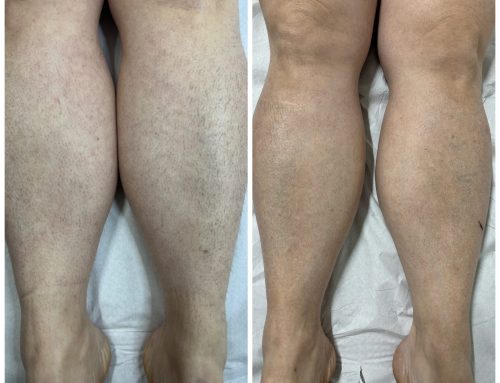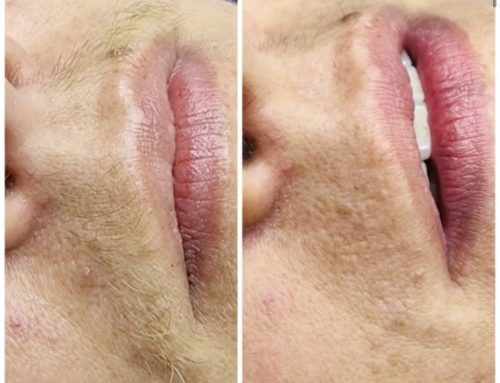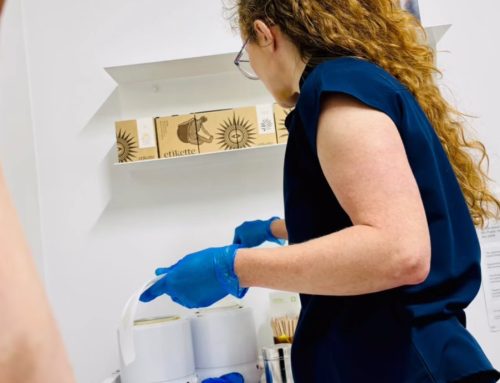1% HYALURONIC COMPLEX SERUM
DESCRIPTION
A deeply hydrating serum that works overtime to plump and smooth the appearance of fine lines and wrinkles while protecting the skin barrier with immediate and long- lasting hydration.
KEY BENEFITS
• Provides deep and long-lasting hydration to support and boost skin’s natural Hyaluronic Acid levels. Multiple molecular weights of Hyaluronic Acid work together to provide optimal moisture retention, skin penetration and stability.
• Promotes skin firmness and elasticity and reduces the depth of fine lines and wrinkles, leaving skin smooth and plump.
• Helps to restore the skin’s natural barrier to prevent trans-epidermal water loss, protecting it against damage caused by environmental factors such as pollution, cold weather and heat.
KEY ACTIVES
• Four forms of Hyaluronic Acid for a multiplier effect
• Pentavitin delivers 72 hours of skin hydration and protects the skin barrier
HOW TO USE
Apply 2 pumps and press into freshly cleansed skin. Massage until fully absorbed and then follow with moisturiser.
SKIN TYPE
Suitable for all skin types, especially dehydrated and dry.
FAQS
Why does the Skinstitut 1% Hyaluronic Acid Complex Serum contain 1% HA?
It’s important to understand the different types of Hyaluronic Acid and their molecule size. Substances with smaller molecules penetrate deeper into the skin, while larger molecules work on the surface. Many Hyaluronic Acid serums on the market contain 2% Hyaluronic Acid but don’t contain all four types of Hyaluronic Acid. The Skinstitut 1% Hyaluronic Acid Complex contains a combination of all four for a multiplier effect. It builds a 3D network to accurately target different layers of the skin to replenish water from the outside and hold it from the inside.
What are the 4 different types of Hyaluronic Acids used?
• SODIUM HYALURONATE: A water-soluble salt form of Hyaluronic Acid meaning it can hold 1000 times its weight in water. It has a smaller molecular weight than pure Hyaluronic Acid, meaning it can penetrate deeper into the skin and improve hydration from the underlying skin layers. Considered a more stable form, meaning it’s less prone to oxidation and maintains a longer shelf life.
• SODIUM ACETYLATED HYALURONATE: Works like Sodium Hyaluronate but with longer-lasting results on the outer layer of the skin. Repairs damaged and/or rough skin by improving the hydration in the upper layer of the epidermis (stratum corneum) and thereby promotes skin’s elasticity and resilience.
• SODIUM HYALURONATE CROSSPOLYMER: A derivative of Hyaluronic Acid made by extracting its sodium salt. Described as a “moisture sponge” it locks moisture within the deeper layers of the skin for longer. Moisture levels are maintained more effectively because the moisture is being absorbed and stored deep within the skin.
• HYDROLYSED SODIUM HYALURONATE: Has been broken down to a specific size range using hydrolysis, typically to a low molecular weight allowing it to penetrate deeper layers of the skin to attract and bind water.
Can the 1% Hyaluronic Complex Serum be used on sensitive skin?
Yes, although it is recommended to do a patch test prior to use.
Can the 1% Hyaluronic Complex Serum be used on acne prone skin?
Hydration is key for all skin types and concerns. As the 1% Hyaluronic Complex Serum is oil free, it is a suitable option for acne prone skin that may also be experiencing dryness.
Can the 1% Hyaluronic Complex Serum be paired with other active ingredients?
Yes, it can be used with most other active ingredients, without causing irritation. However, as you need to dampen your face prior to Hyaluronic Acid application, it’s important to make sure your skin is fully dry before you add further actives. Applying actives like Retinol and AHAs on damp skin will cause irritation.
How should I best apply 1% Hyaluronic Complex Serum?
We recommend applying 1% Hyaluronic Complex Serum on damp skin, allowing the Hyaluronic Acid to bind to and absorb water from the external environment, rather than pulling it from the skin. It’s also important to seal in Hyaluronic Acid with a moisturiser and/or oil. Hyaluronic Acid can dry out the skin as it draws moisture from its surroundings, leaving skin exposed if the moisture is not sealed in.








